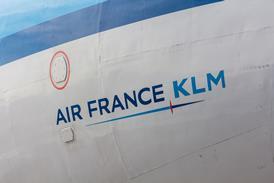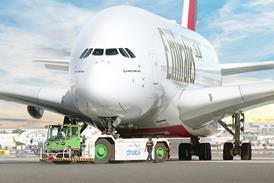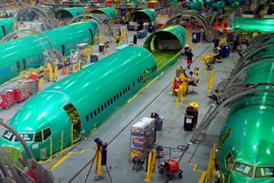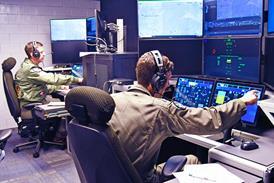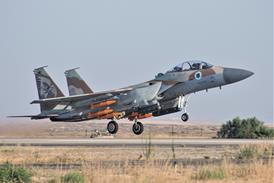Board reiterates call for modifications to aircraft with pneumatic de-icing boots
Aircraft with pneumatic de-icing boots would have to be reviewed and tested to new certification standards under recommendations from the US National Transportation Safety Board. This follows its investigation of the February 2005 fatal crash of a Cessna 560 Citation on approach to Pueblo, Colorado.
The NTSB has reiterated and reinforced safety recommendations made in 1996 and 1998 after previous icing-related accidents and to which the US Federal Aviation Administration's response has been unacceptable, the board says. These include requiring de-ice boots to be activated as soon as the aircraft enters icing conditions, and all aircraft with pneumatic de-icing to be modified to automatically continue cycling the boots once activated.
Investigation of the Pueblo and previous icing accidents shows that certification testing was not adequate, the NTSB says, because it did not account for thin, rough ice on the wing, which can cause "severe aerodynamic penalties". Under current operating rules, such ice can be present before the boots need to be activated and can form between cycles, the board says.
In 1996, after an American Eagle ATR 72 crash in October 2005, the NTSB called on the FAA to expand the icing certification envelope to include supercooled large droplets. And in 1998, after a Comair Embraer EMB-120 accident in January 1997, the board urged the FAA and NASA to conduct research to identify realistic ice accumulations, including between de-icing boot cycles, for use in certification.
The FAA released revised certification guidance for aircraft ice protection in August last year, but has yet to take the steps to issue new regulations, the NTSB says. Other recommendations arising from the Pueblo crash include modifying the Citation to provide a stall-warning margin that accounts for thin, rough ice on or aft of the protected surfaces.
Source: Flight International

